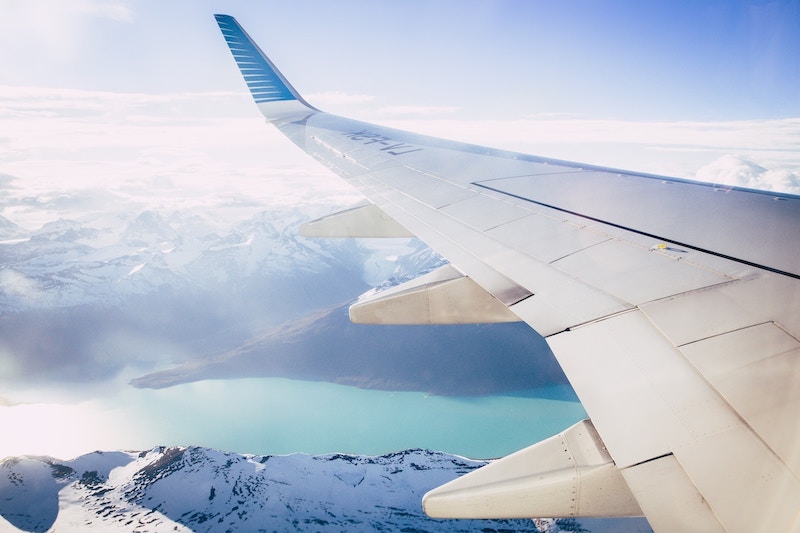Why use Micro Four Thirds for Travel?
For travel photography, the DSLR has long reigned supreme in many photographers’ gear bags.
However, due to the manufacturers’ desire to maintain compatibility with legacy systems, the SLR and the later DSLR have retained their bulk and weight over the years.
Apart from a few modern implementations of technology such as WiFi and recording GPS locations, the DSLR format has seen little innovation, especially where compactness is concerned.
The Entry of Olympus and Panasonic’s Micro 4/3 System
Olympus and Panasonic, two giants in the photography industry, joined forces in 2008 to put creativity and innovation back on the table with the new Micro 4/3 format .
.
Travel photography is one area where traveling light without sacrificing versatility is highly desirable, and it’s an area where the micro 4/3 format presents some exciting options.
A camera without a mirror creates a lot of advantages out in the field. It’s easier to clean the sensor, and in all but the highest DSLRs, the noise differences between formats are negligible.
Photographers also get to enjoy faster frames per second speeds as the reliance on the speed of mechanical moving parts has been eliminated.
Going mirrorless also enables manufacturers to create smaller camera bodies, which equates to more room in the backpack for extra lenses, batteries, and external flashes.
Being able to carry more lenses is significant for travel photography.
Photographers often find themselves in situations where experimenting with different lenses is key to enhancing the creative process and capturing thought-provoking images.
Price and Weight Savings
While not the biggest concern for professional photographers, pricing usually plays a big part in camera choice for amateurs and semi-professionals.
for amateurs and semi-professionals.
With mirrorless bodies, micro 4/3 camera bodies come in at a significantly lower price point, but it’s the lenses that score the highest reductions.
A $1000 lens in the DSLR range will typically sell for $500 less in the M43 form factor, which is a significant saving.
Micro 4/3 is an extremely versatile form factor that is on par with SLR when considering aperture, manual, and shutter functions, making it suitable for all levels of photographic skill and experience.
There’s no doubt that Micro 4/3 is a clear winner as a traveling companion, but it’s not perfect, and tradeoffs do need to be made depending on your needs.
High Image Quality Maintained
When considered purely from a physics standpoint, the DSLR format captures the highest quality images.
However, unless you are incredibly obsessed with image quality, a quality M43 camera will capture beautiful images, with many professionals stating that they are always impressed with the output.
For instance, in skilled hands, the OM-D E-M10 from Olympus will take photos that will stand up against the quality of any DSLR, while also possessing impressive white balance, fantastic color response, and excellent dynamic range for the price.
Micro Four Thirds for Travel Conclusion
The Micro 4/3 sector is buzzing with innovation right now with manufacturers continually trying to outdo each other with new camera body designs, lenses, and features.
If you are considering a new camera for your travel, but need to keep your kit as light as possible while still being able to achieve the all-important wow factor in your images, then be sure to check out the lineup in the micro 4/3 range.


